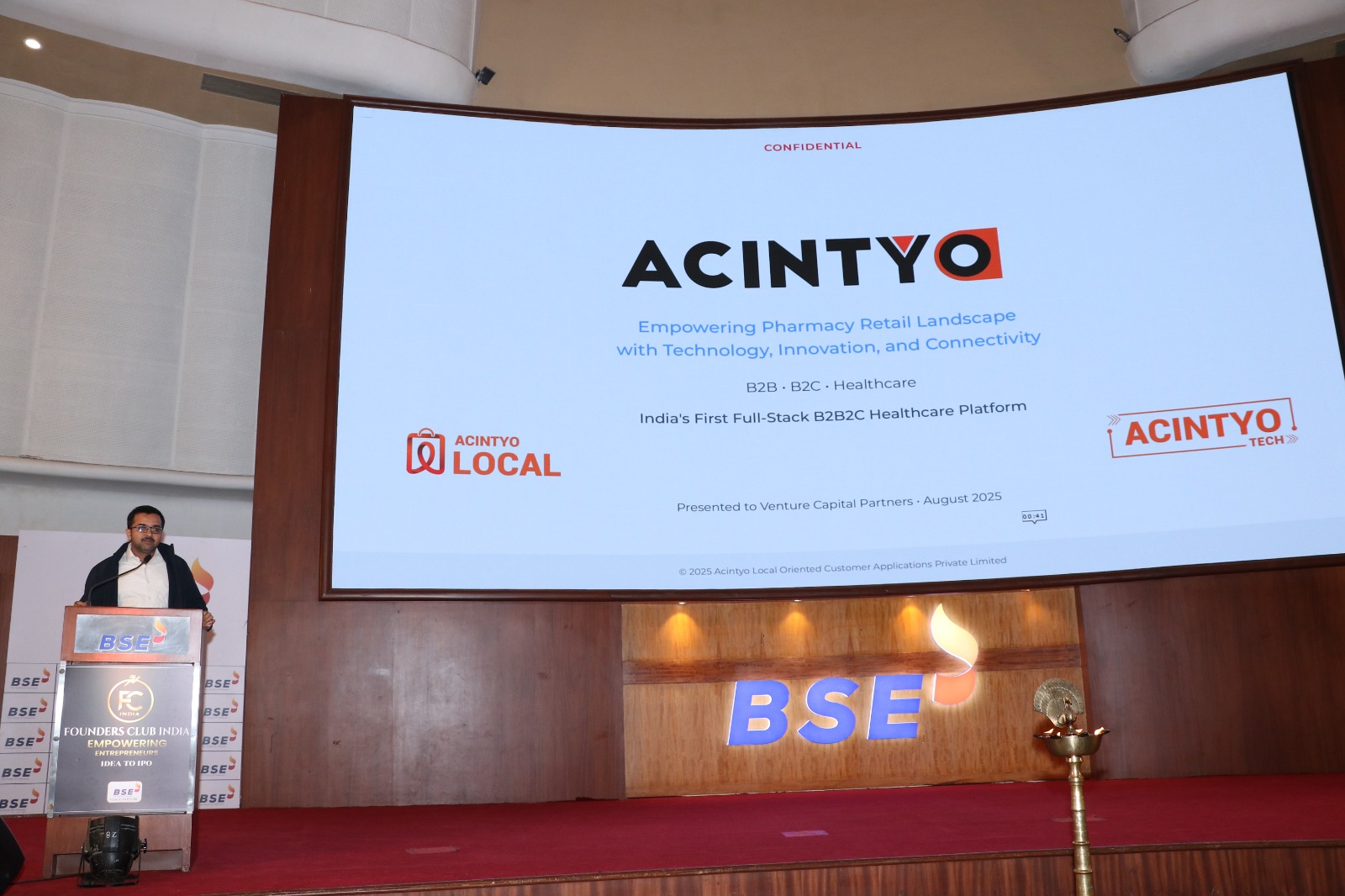Startup Growth and Fundraising
Startups are early-stage businesses typically financed by their founders, who may seek outside investment before launching. Startup companies progress through growth stages at different rates, with some stages being optional. Specific milestones can be measured in each stage to facilitate the development and growth of a successful startup. Startup funding can come from various sources like family, friends, venture capitalists, crowdfunding, or loans.

A startup company progresses through multiple growth stages to refine an idea, obtain funding, and bring a product or service to market. The pace at which each startup moves through these stages varies, with some stages being optional based on the specific business. Throughout these stages, the adaptable milestones can gauge development and drive the startup towards success, giving you control over your business's growth.
Growth stages
Startup growth stages outline the steps to build a new business targeting a specific customer segment. These stages span the period from product or service development to consumer acceptance and market popularity. Each stage has particular requirements and milestones that can be tracked to ensure progress toward the startup's success.
Following are the eight startup stages, though the chronological order may vary for every small business.
- Pre-seed stage: The business is an idea, and founders gather feedback, conduct market research, and define their target audience. They typically self-fund and work with a small team.
- Seed stage: The startup seeks initial funding from angel investors, incubators, crowdfunding, or grants. An MVP is created, and business plans, mission statements, and advisory boards are established.
- Startup stage: With initial funding, the business is launched. The MVP is tested with a small customer group, feedback is collected, and Series A funding is pursued. The focus is on team building, product testing, and customer base expansion.
- Growth stage: The startup has a stable customer base and income. Series B and C funding are sought for scaling, more staff are hired, and continuous product improvements are made.
- Established stage: The business thrives with a loyal customer base and predictable cash flow. Financial resources and top talent are easier to obtain, with a continued focus on customer base growth.
- Expansion stage: The business expands into new markets and channels, offers new products or services, and sets long-term goals for further growth.
- Maturity stage: The business enjoys consistent revenue and a strong market presence. Management handles daily operations with a focus on talent development and retention.
- Merger and acquisition stage: Optional exit phase where the business is acquired or merged with another company to expand the reach and create shareholder value, involving a transition plan and financial expert consultation.
Fundraising
Understanding the importance of fundraising is crucial for startups due to its significant impact on growth and sustainability:
- Marketing and sales: Funds are needed for advertising, public relations, and sales efforts to market the product and generate revenue.
- Product development: Startups need pre-seed funding for research, development, prototyping, and testing to create an innovative product for their target market.
- Capital for development and expansion: In the seed stage, startups require capital for marketing, hiring talent, and expanding into new markets.
Fundraising strategies
- Incubators and Accelerators: Startup accelerators and incubators are prominent early-stage funding sources for startups, providing cash, mentoring, office space, and resources in exchange for equity. With over 7,500 such programs worldwide, they support funding for over 30,000 startups annually.
- Angel investors, affluent individuals, invest in firms in exchange for equity or convertible debt, often through networks. They offer early-stage startups financial backing, contacts, mentorship, and business acumen. Their investments target disruptive products, sizable markets, or teams with successful histories.
- Crowdfunding: Crowdfunding platforms like Kickstarter, Indiegogo, SeedInvest, and Crowdfunder enable startups to raise modest amounts from the internet community. The average success rate of campaigns on these platforms is 22.4%.
- Venture capitalists (VCs) are professional investment firms that pool funds from various investors, including institutions, individuals, and family offices, to invest in high-growth potential startups. This equity financing model involves VCs investing in a portfolio of startups across different funding stages, from seed to later-stage funding like Series A.
- Bootstrapping involves financing a startup using personal funds, company profits, or loans from family and friends. It offers benefits such as retaining full control of the business and avoiding debt or equity dilution despite inherent risks.
Conclusion
Startup companies progress through multiple growth stages, each involving refining ideas, obtaining funding, and bringing products or services to market. The pace varies, and some stages may be optional. Milestones in each stage help gauge development and drive success. Also, understanding fundraising's importance is crucial for growth and sustainability. Funding is essential for marketing, product development, and capital for expansion.
Navigating through various growth stages and utilising appropriate fundraising strategies are key to the success of a startup.




































Comments (0)